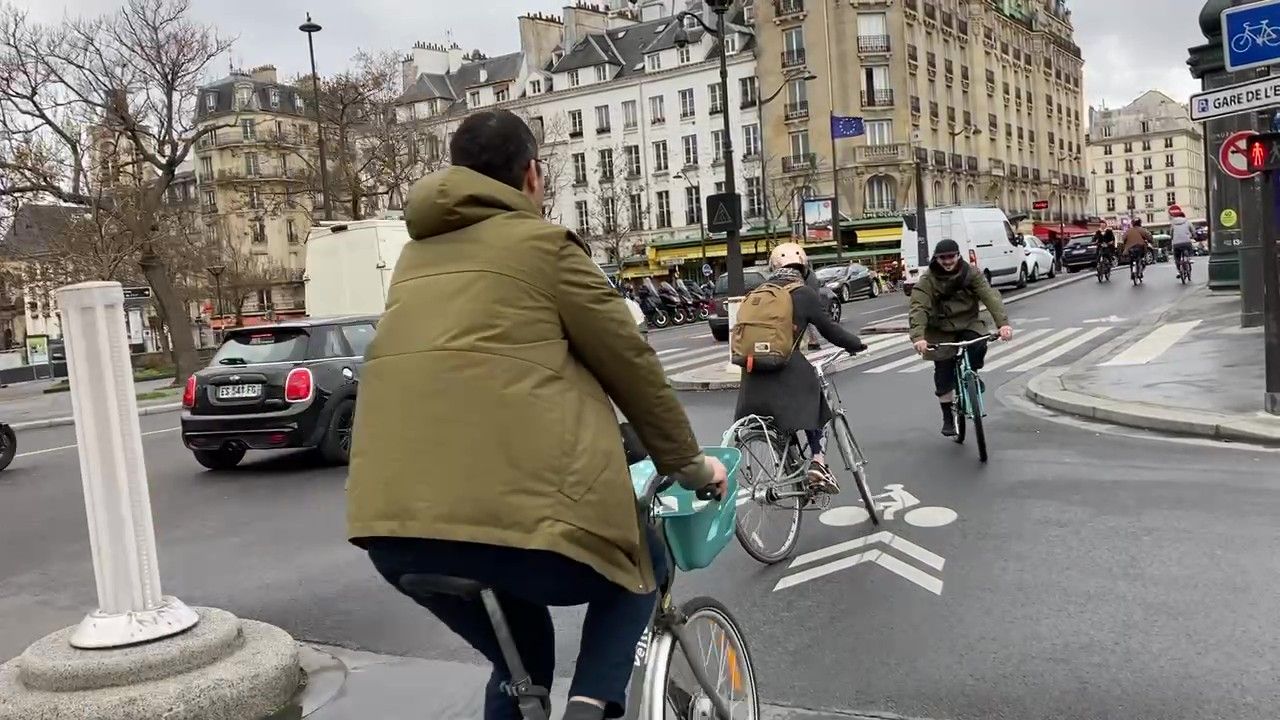Availability in Public Transport
Availability in Public Transport

TRB in 2013 write that the 2 main service factors are availability and comfort and convenience. In this article we will cover the availability factors.
Only If all of these below conditions are met, transit is an option for a particular trip. Whether or not a passenger will decide to use transit will depend on the comfort and convenience of the service relative to competing modes:
- Transit must be provided near one’s trip origin.
- Transit must be provided near one’s destination.
- Transit must be provided at or near the times required.
- Passengers must be able to find information on when and where transit service is provided and how to use transit.
- Sufficient capacity must be provided.
These factors can be summarized as:
- Spatial availability: Where is service provided, and can one get to it?
- Temporal availability: When is service provided?
- Information availability: How does one use the service?
- Capacity availability: Is passenger space available for the desired trip?
Walking Distance to Transit
Although there is some variation between cities and income groups, it can be seen that most passengers (75 to 80% on average) walk one-quarter mile (400 meters) or less to bus stops. At an average walking speed of 3 mph (5 km/h), this is equivalent to a maximum walking time of 5 minutes. These times and distances can be doubled for rail transit.
Other factors can shorten the distance that people will walk to transit stops. A poor pedestrian environment, discussed below, will discourage pedestrian travel. The elderly typically do not walk as far as younger adults. Finally, people will tend to walk shorter distances in hilly areas, due to the effort involved.
Pedestrian Environment
Even when a transit stop is located within a reasonable walking distance of one’s origin and destination, the walking environment may not be supportive of transit. Lack of sidewalks, poorly maintained sidewalks, and lack of street lighting all discourage pedestrian travel. Wide or busy streets without safe and convenient means to cross the street also discourage pedestrian travel.
Street Patterns
A grid street pattern, such as those found in older cities, offers direct access to and from streets with transit service from the surrounding neighborhoods. On the other hand, subdivisions that back onto streets with transit service, with only one way in and out, will generally have a much smaller proportion of their residences located within a 0.25-mile (400-meter) which is the average distance considered from each station.
Bicycle Access
Linking bicycles and transit provides benefits to both modes of travel. Access to transit allows bicyclists to make longer trips, and to traverse barriers.
Effective links between bicycling and transit relies on three components:
- Bicycle connections to stops and stations,
- Bicycle parking at stops and stations, and
- On-vehicle bicycle-carrying facilities.
Bicycle Trip Lengths
Assuming a conservative 5-minute travel time (as used for walking trips), bicycle access to a bus stop would have an approximate radius of 1 to 1.25 miles (1.6 to 2.0 km), which would increase the coverage area of a stop by up to 2.5 times that for walk-only trips.
Roadway Environment
On-street connections should allow cyclists to use bicycle-friendly streets. These might include marked bicycle lanes, striped wide shoulder lanes, wide outside lanes, “bike route” signs, and other treatments.
Bicycle Parking
Security is the most important issue with bicycle parking at transit stops. Secure parking for bicycles can be provided in the form of racks, lockers, or cages. These facilities should be located in highly visible and well-lit areas that are also out of the way of direct pedestrian traffic flow.
Park-and-Ride Access
The characteristics of a successful park-and-ride lot:
- Location: the literature reveals that a successful park-and-ride facility should be located at least 4 to 6 miles (7 to 10 km)—preferably 10 miles (16 km)—from a major destination
- Transit Service:
o Frequent express service (the primary demand-generating characteristic of successful park-and-ride facilities),
o Close proximity to a freeway or light rail,
o HOV access for at least a portion of the transit trip, and
o Visibility from adjacent arterials.
- Auto access to the park-and-ride facility: access should be made as convenient and as rapid as possible. The transit portion of a patron’s trip should (in most cases) represent more than 50% of the total journey time from the patron’s home to final destination.
- Auto-to-Transit Cost Ratio.
Scheduling
How often transit service is provided and when it is provided during the day are important factors in one’s decision to use transit. For example, the more frequent the service is, the more number of hours during the day when service is provided.
Capacity
If a bus or train is full when it arrives at a stop, transit service is not available at that time to the people waiting there. The effective service frequency for these passengers is reduced from what is implied by the schedule, as they are forced to wait for the next vehicle or find another means of making their trip.
Information
Passengers need to know how to use transit service, where to go to access it, where to get off near their destination, whether any transfers are required, and when transit services are scheduled to depart and arrive. Without this information, potential passengers will not be able to use transit service.
Timely and correct information is also vital under other circumstances:
- When regular service adjustments are made, such as schedule changes or route modifications;
- When temporary service changes are required, for example, due to road construction or track maintenance; and
- When service problems arise, so passengers know the nature of the problem and have enough information to decide how to adjust their travel plans.
Information should be correct and up-to-date. Real-time information is useful for reassuring passengers about when the next vehicle will arrive.
References
Transportation Research Board (TRB), 2013. Transit Capacity and Quality Service Manual, Third Edition. (TCQSM).






